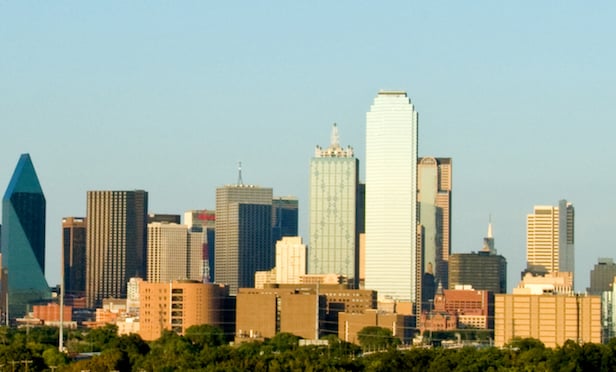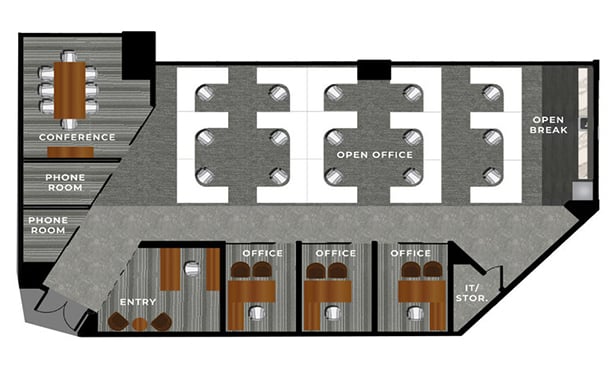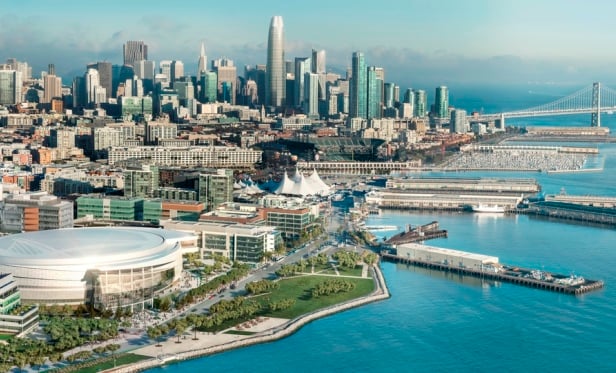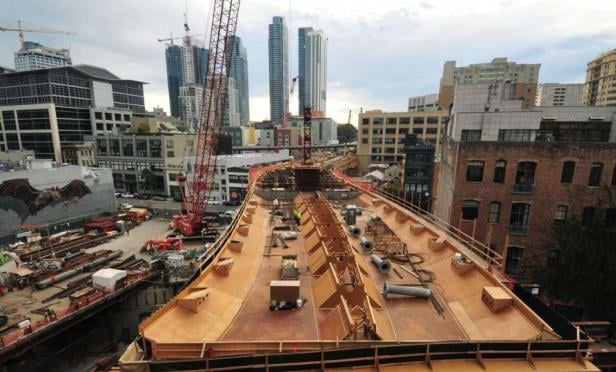RICHARDSON, TX—Even as the construction pipeline has emptied out to a degree, new apartment supply reached a 30-year high in 2017. RealPage data show 395,777 completed units in the 150 largest US metro areas, a 46% increase over 2016 completions. However, on the whole demand continues to keep pace with the new supply.
Notwithstanding a fourth-quarter lull that's characteristic of the season—albeit one that was accompanied by a rent decline at the deep end of the normal range—apartment demand remained strong for '17 and kept occupancy levels steady at 95%. However, RealPage notes that operators have reined in their pricing strategies in an effort to fill all of those new units.
For the nation overall, rent growth in '17 averaged 2.6% year over year, although some markets fared considerably better than that. The 2.6% average is down from the range of 4% to 5% annual increases that were common from 2014 through '16.
Recommended For You
Want to continue reading?
Become a Free ALM Digital Reader.
Once you are an ALM Digital Member, you’ll receive:
- Breaking commercial real estate news and analysis, on-site and via our newsletters and custom alerts
- Educational webcasts, white papers, and ebooks from industry thought leaders
- Critical coverage of the property casualty insurance and financial advisory markets on our other ALM sites, PropertyCasualty360 and ThinkAdvisor
Already have an account? Sign In Now
*May exclude premium content© 2025 ALM Global, LLC, All Rights Reserved. Request academic re-use from www.copyright.com. All other uses, submit a request to [email protected]. For more information visit Asset & Logo Licensing.









